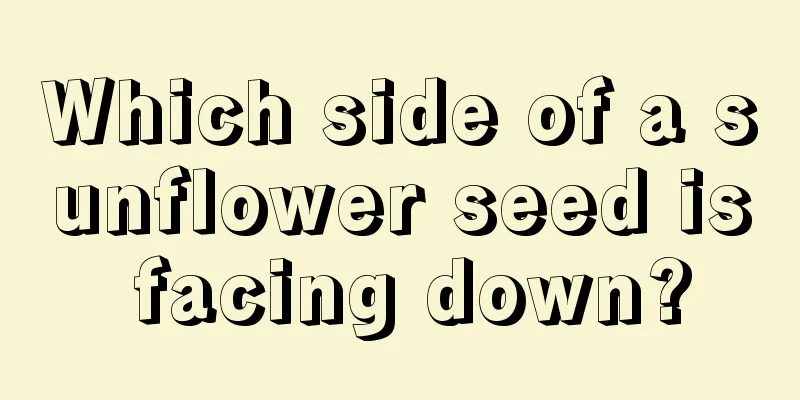Ugly orange planting methods and precautions

When to plant ugly orangeUgly orange seedlings are suitable for planting in autumn from September to November and spring from February to March, with a plant spacing of 3 meters, a row spacing of 4 meters, and 55-60 plants per mu. When planting, you can trim the roots of the seedlings, and then place them in the center of the planting hole. Fill the soil while lifting the seedlings upwards, compact the soil, make the roots close to the soil, and water them thoroughly once. How to plant ugly orangeUgly orange is suitable for planting in spring and autumn, specifically in early spring in February and autumn from September to November. When planting, we need to prepare the soil in advance, usually by digging holes 80 to 90 cm wide and deep. Then, sprinkle about 40 to 50 cm of base fertilizer into the hole, cover it with a 3 to 4 cm layer of fine soil, the row spacing between the planting holes is usually about 4 meters, and the plant spacing is about 3 meters. Then plant the purchased ugly chrysanthemum seedlings. When planting, pay attention to fully stretch the roots of the seedlings and strengthen the seedlings, then backfill with soil and inject an appropriate amount of water. Ugly orange maintenance and management matters1. Orchard construction Ugly oranges can usually be grown on land that can grow citrus. That is to say, ugli oranges are generally planted in gently sloping areas with moderate soil pH, high terrain and fertile soil. It is best to be planted in places with developed transportation and close to water sources. Being close to water sources makes it convenient for the irrigation of ugli oranges, and developed transportation is conducive to the transportation of mature ugli oranges. 2. Cultivation technology Ugly orange can be transplanted and planted in spring and autumn, specifically in February or September-November each year. Before planting, the land needs to be prepared in advance and planting holes need to be dug. The hole length, width and depth should be 80 to 90 centimeters respectively. Next, sprinkle about 40 centimeters of base fertilizer into the planting hole, and finally sprinkle a layer of about 3-4 centimeters of fine soil. The row distance between orange seedlings is generally about four meters, and the distance between each plant is about three meters. When planting the seedlings, you should pay attention to the fact that the root system needs to be fully extended, the soil should be compacted, and just water it with an appropriate amount. |
<<: How and when to plant chives
>>: Onion pot planting methods and precautions
Recommend
Planting time and method of northern beans
Green beans, also known as cowpeas, are a common ...
How to plant lotus root
Planting method Select pot and prepare soil When ...
Dandelion planting and cultivation technology, dandelion pictures
1. Before and after germination The plants are in...
Difference Between Daisy and Chrysanthemum
1. Different plant types Daisy is a type of chrys...
The difference between chrysanthemum and sunflower
Mesembryanthemum Mesembryanthemum is a perennial ...
How often should the planet be watered?
Planet Watering Tips The planet likes an environm...
Vinca care in four seasons
Spring Care of Vinca Spring is the season when al...
Should I use a deep or shallow pot for Amaryllis?
1. Use a deep or shallow basin When planting amar...
Which month is the best for cuttings of green radish?
1. Operation time 1. In theory, there is no clear...
How often should I water the petunia?
How often should I water the petunia? Generally, ...
Does the peony have a fragrance? (with an introduction to the fragrance of different color varieties)
1. Has fragrance The phrase "national beauty...
Can spider plants be grown in water?
1. Is it possible? Of course, spider plants can b...
Cultivation methods and precautions of Begonia truncatula
1. Maintenance methods 1. Soil: Begonia semperviv...
Water and fertilizer management of Jade Bell
Watering tips for jade bells Because the leaves o...
Sweet potato planting technology and management
Sweet potatoes are a popular food ingredient that...









